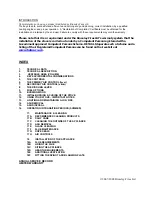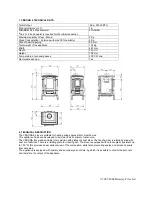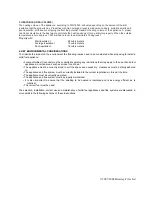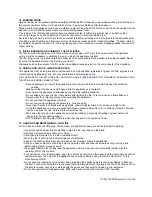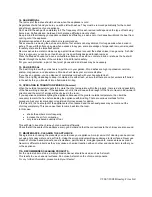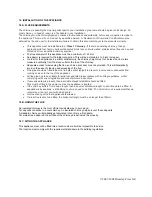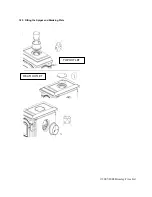
© 2007-2008 Broseley Fires Ltd
3. HEATABLE AREA (VOLUME)
The heating volume of the appliance; according to DIN 18893; will vary depending on the amount of thermal
insulation that the property has. Properties with high ceilings, draughty windows and doors, solid brick walls and
poor insulation, all these are all going to affect the potential maximum heating volume of the appliance. A proper
heat loss calculation is the best way to calculate the heat requirement for a particular property. When the outside
temperature is zero degrees, 1KW will heat a room to approximately 70 degrees f.
Property with:
Well insulated =
25 cubic meters
Average insulation =
15 cubic meters
Poor insulation =
10 cubic meters
4. KEY ENVIRONMENTAL CONSIDERATIONS
To minimize the impact on the environment the following issues need to be considered when proposing to install a
solid fuel appliance:
• Local authorities (Councils) must be consulted regarding any restrictions that may apply to the use of solid fuel
appliances in certain areas such as smoke free zones.
• The appliance must be correctly sized to suit the space and necessary clearances must be strictly adhered
to.
• The appliance and flue system must be correctly installed to the current regulations in force at the time.
• The appliance must be correctly operated.
• The appliance and flue system must be properly maintained.
• It is also important to ensure that the dwelling to be heated is insulated and is as energy efficient as is
practical.
• The correct fuel must be used.
The selection, installation, correct use and maintenance of solid fuel appliances and flue systems are discussed in
more detail in the following sections of these instructions.


